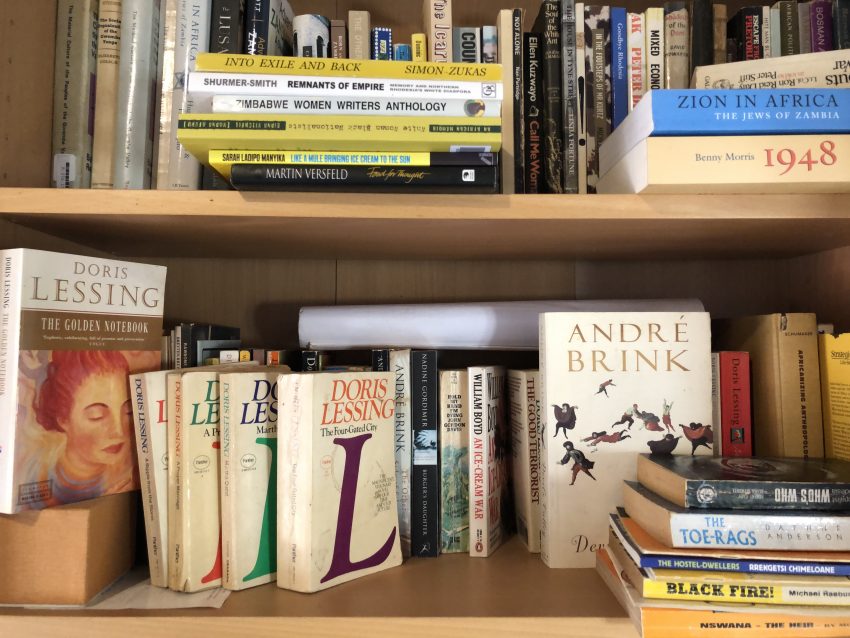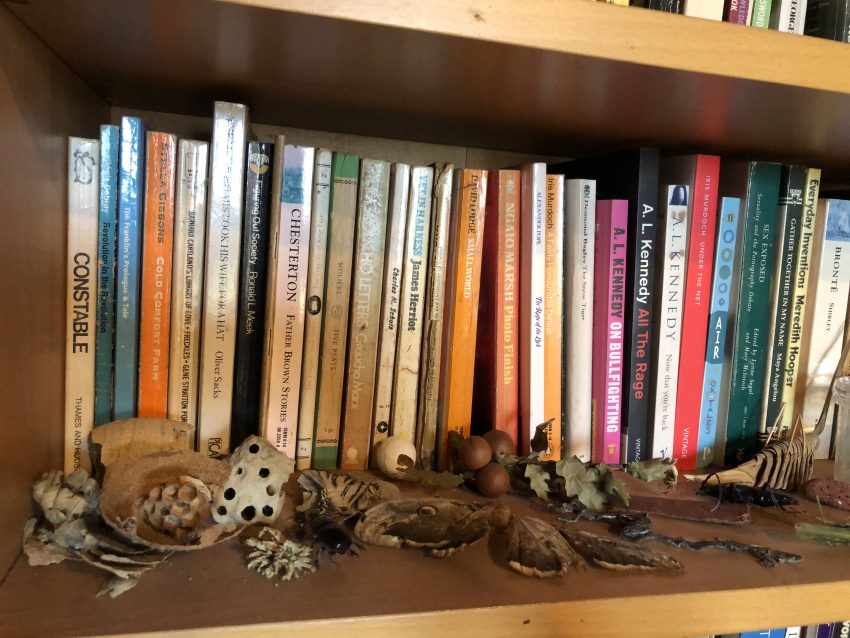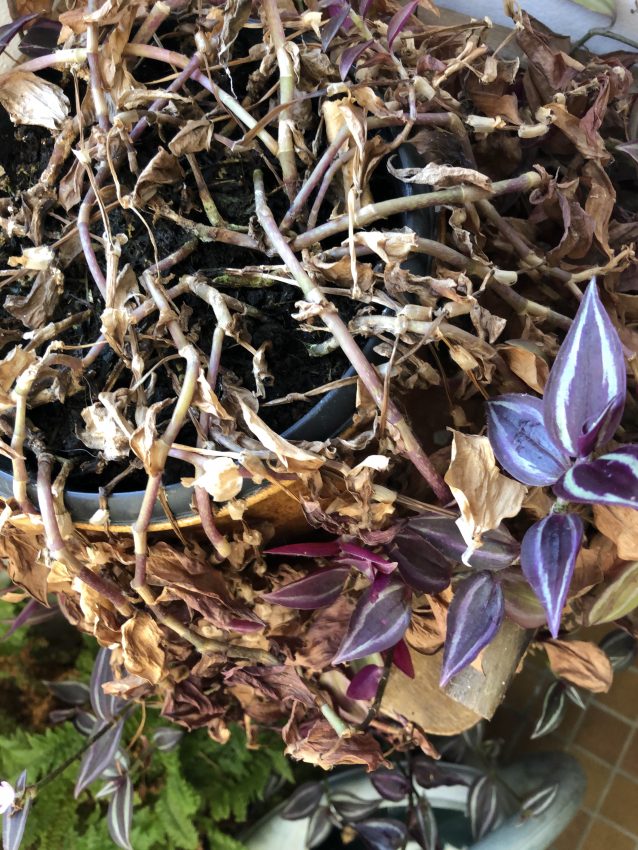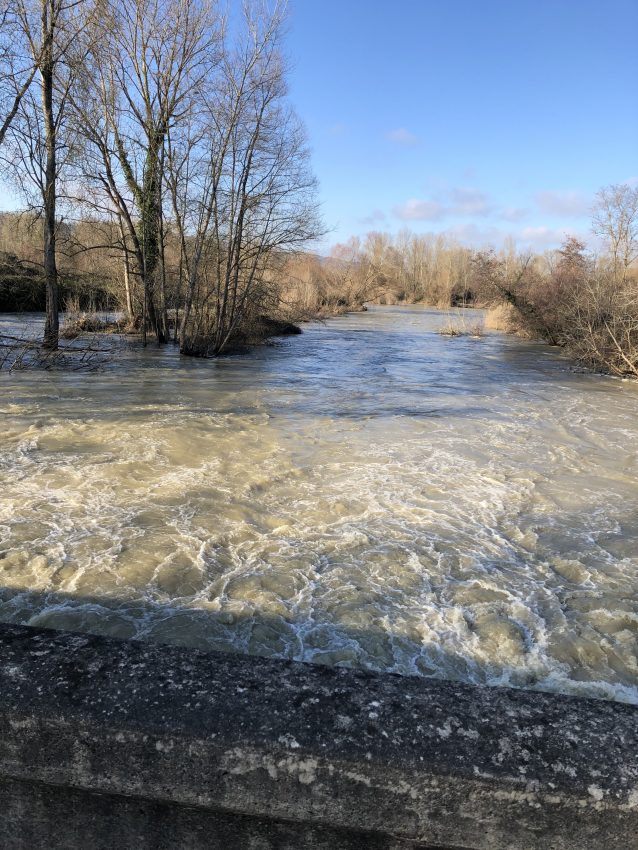Martha Quest

The sky is clean, the moon twisted and the temperature zero. Outdoors I would freeze and die. Here in my study, I think of Doris Lessing and the five novels that make up Children of Violence. When I read the first book, Martha Quest, I had the frightening sense that Lessing was writing me into existence and I was locked onto the same path as her heroine. Lessing’s affair with the communist Gottfried Lessing and her abandonment of her children scandalised white Rhodesia. My mother was of Lessing’s generation and a friend of her first husband, but it was I, the daughter who became a communist, like both Lessing and her character and was branded a criminal because of the draconian miscegenation laws in South Africa.
War damage

Lessing’s premise, put simply, is that every child is damaged by the wars fought by their fathers and that makes the next wars inevitable. It seemed true in my life. My father, my uncle and stepfather were damaged by the war in which they all fought. They damaged their families as a result, not because they were bad or immoral, but because damaged people are damaging to themselves as well as others. Wars have been around me for a large part of my life.
Human Damage

Damage is not just the result of wars. Damage is part – an inescapable and necessary part of the human condition and of all life on planet Earth. Look around you at the plants in your garden, at the animals in your life, at your friends and family. We have scarred knees from childhood tumbles and nightmares from half-remembered misunderstood experiences. Trees twist and bend and break. Sometimes the beetles eat the roses and all the fruit is stung. The creatures we love refuse to stay safe and remain young. Our hearts are meant to break and heal and break and carry on.
Damage is how we survive – or is it?

We have all stood in a room and had a lover or a child scream accusations of the damage we did to them. We have all stormed and cried at the damage a lover or a parent did to us. ‘So it goes.’ Kurt Vonnegut writes, though he is referring to death. There is no way to escape damage. There is no way to escape death. Recently I have wondered if by choosing to die I would end both the damage I do and the damage I suffer.
Death is the final damage – or is it?
Doris Lessing was a damaged and difficult person, but also a remarkable writer whose words sustained me and kept me alive. ‘Aye, there’s the rub’. We are all both damaged and wonderful. Knowledge of our damaged selves ought to make us kinder to ourselves and to others and so make others kind to us. The first four books of Lessing’s Children of Violence were autobiographical and, for me, biographical predictions which I sought to escape. I had to stop reading The Golden Notebook in my twenties as I was too close to Anna Wulf’s mental breakdown and thought I might go completely mad. The final book of Children of Violence, The Four-Gated City, makes that immense imaginative leap into the purpose of our souls and our lives and into our pain and consciousness. Lessing is a writer of great courage looking unflinchingly at us and at life itself. It is very hard to write at this level. It has a high cost. I know. I flinch. I hide. I’m afraid and I’m ashamed of my fear. I’m afraid of being cancelled. I have been cancelled. It is death.
Can cancelling kill an idea ? Is cancelling someone murder or justice?
Is cancelling change? Why do we want change? Cancelling someone for what they say, think or believe is not necessarily justice. Persuasion may not work. Argument may be counter-productive. Facts are ignored. How do we make change? At a cost always. Over time probably. Sometimes by accident. Maybe unlooked-for and unplanned change creates change. Cancelling maybe the ultimate damage. It may be death without justice. I think change is made by artists and writers who float complex stories simply told around ideas that question and challenge. Perhaps the greatest dangers come from the over-simplified calls to condemn and to take violent action. Humans are always balanced between one sort of damage and another. Kindness is the best we can all hope for.